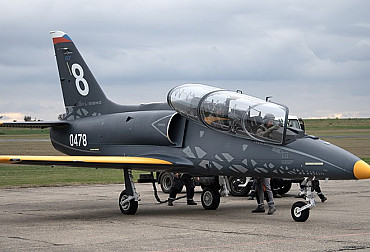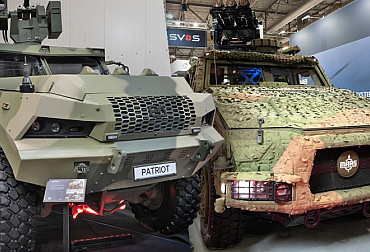Thirty years of the Czech defence industry – from hard times to world class
The end of 2022 brought an extraordinary achievement for the Czech defence industry, which will play a key role in the implementation of a major contract for the Indonesian armed forces. Czech companies have been placed in the position of architects and integrators of advanced missile systems, a role that today typically belongs only to global or regional powers. This contract can therefore be described as a symbolic culmination of three decades of independent operation of the Czech defence industry and an illustration of the enormous changes it has undergone.
The first years after the collapse of the previous regime and the division of Czechoslovakia brought problems that persisted to a large extent in the first decade of the new millennium, but increasingly there was also positive news. The second decade of the third millennium marked the successful completion of consolidation and strengthening of the position of Czech companies on the world market, where Czech industry won new contracts and at the same time acted as an important partner of Western companies, for which domestic companies acted as subcontractors. The latest trend is represented by cases where Czech companies are also becoming owners of foreign companies.
The former Czechoslovakia had a large defence industry, which formed an important part of the military-industrial complex of the Warsaw Pact. Among other things, there was licensed production of a number of Soviet designs of armoured vehicles, mostly in plants in Slovakia, which made the Czechoslovakia at some times even the third largest exporter of armoured vehicles in the world (after the USSR and the USA, of course). However, the activity of the Czechoslovak defence industry was certainly not limited to licensed production, as there was also a strong domestic development, although logically it had to adapt to the needs and standards of the Eastern Bloc.
Numerous high-quality domestic weapons were produced here, such as the SPH M. 77 DANA wheeled self-propelled howitzer, the RM M. 70 artillery rocket launcher, the M. 58 assault rifle (incorrectly called a "SMG"), the CZ 75 semi-automatic pistol, the L-29 Delfín and L-39 Albatros training aircraft, the OT-64 SKOT armoured personnel carrier, Tatra trucks and passive surveillance systems from Tesla Pardubice. A number of Czechoslovak products represented truly world-class technology and also achieved interesting export successes, although it must be remembered that the operation on the world market was logically strongly influenced by the attitude of the Soviet Union.
The end of the Soviet empire therefore naturally meant the loss of many traditional markets, although for many years relatively massive exports continued. Czech and Slovak companies were able to acquire cheaply large volumes of equipment decommissioned from the Czechoslovak army and then from the armies of the two successor republics, and this equipment could go to a number of countries, particularly in Asia and Africa. However, the development and production of new equipment was considerably worse, as most of the traditional companies faced enormous problems, which in some cases had even liquidating consequences.
The new Czech companies had to compete in a very open and very strong market, or they could no longer rely on political influence from Moscow. Despite all the difficulties, however, even in the difficult 1990s, several interesting contracts were won, e.g. an order for hundreds of Tatra trucks for the army of the United Arab Emirates. Indeed, Tatra is an example of a company that went through considerable problems and changed several owners before finally reaching a truly stable and consolidated long-term position.
Tatra was privatised and sold to the US corporation Terex, with mixed results. On the one hand, it helped the company to penetrate Western markets, as demonstrated by the delivery of hundreds of vehicles to the Israeli army, which still bears fruit in the form of cooperation between the Kopřivnice car factory and the Jewish state's arms factories. Tatra, on the other hand, was also affected by the troubles of the Terex automobile factory, and the period of success was short-lived. Tatra then changed hands again, was hit hard by the global financial crisis and went into foreclosure auction.
The final solution came only with the involvement of the Tatra brand in the Czechoslovak Group holding. The latter was established on the basis of the company Excalibur Army, which was one of the aforementioned players in the trade with surplus military material. The group then grew stronger and, in addition to Tatra, also acquired, for example, the VOP 026 Šternberk company or the Retia and Eldis companies involved in the production of radar systems. The rise of Czechoslovak Group can thus be used as one of the best examples of consolidation of the domestic defence industry on a purely domestic basis, i.e. without foreign economic participation.
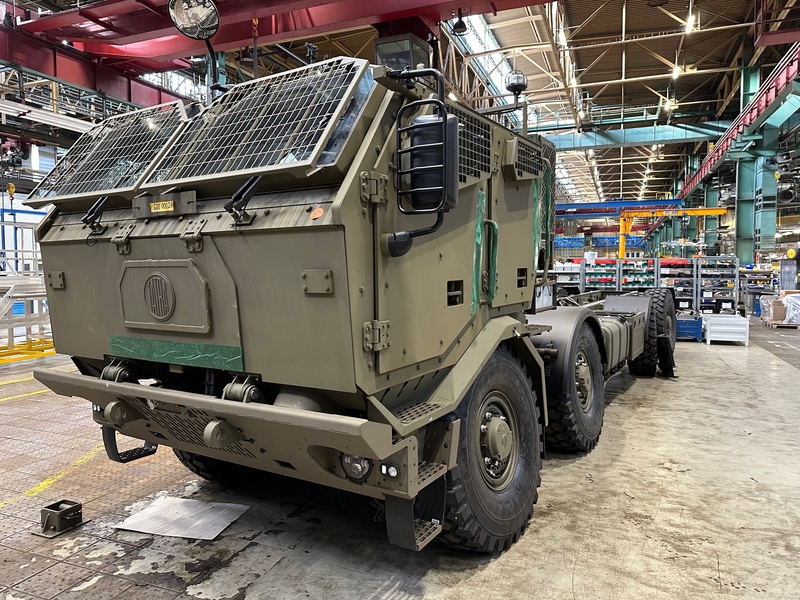 Picture: Tatra Force 8x8 | Michal Pivoňka / CZ DEFENCE
Picture: Tatra Force 8x8 | Michal Pivoňka / CZ DEFENCE
Another example of this trend is the traditional Czech company Omnipol, which today owns two major brands, namely ERA, a producer of passive surveillance systems (or the former Tesla Pardubice), and Mesit, a producer of electronics. In addition, Omnipol partly owns another famous Czech company, namely the trainer aircraft manufacturer Aero Vodochody. The latter company has also fallen on hard times, as its partnership with the American company Boeing has not yielded the expected results. There were hopes that this would help find customers for the L-159 ALCA light combat aircraft, but all efforts to export it failed in the long term.
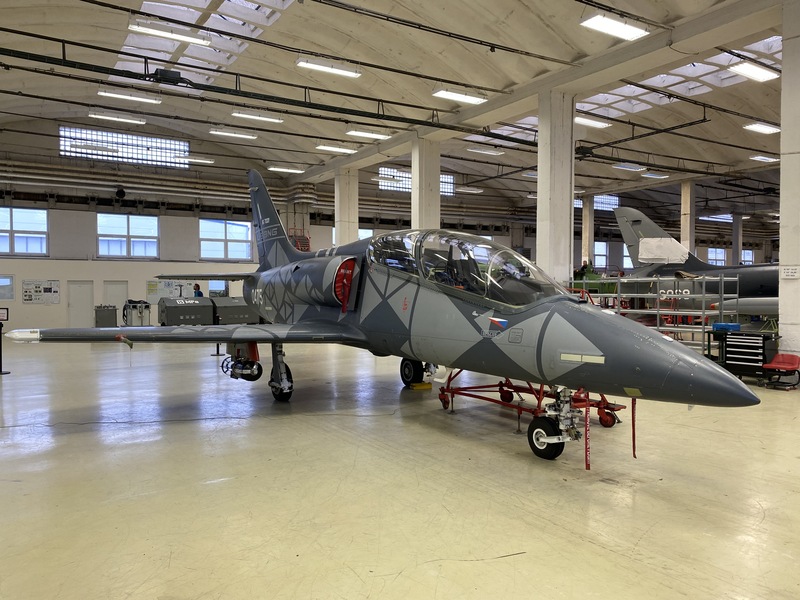 Picture: L-39NG aircraft | Michal Pivoňka / CZ DEFENCE
Picture: L-39NG aircraft | Michal Pivoňka / CZ DEFENCE
The results of the period when ERA was owned by an American company were also controversial. On the other hand, an example of a successful acquisition of a Czech company by a foreign entity is the case of the Slavkov brand E-COM, which deals with simulation technologies. The new owner was the Swedish Saab Group, which renamed the company Saab Czech and started building a large technology centre whose products are world-leading.
The involvement of Czech companies in the global market has of course taken many different forms, including the licensing of foreign technology or the very important function of subcontractors. As an example, we can mention the partnership between the Czechoslovak Group and the multinational corporation General Dynamics European Land Systems (GDELS), whose offer also includes the Pandur II 8x8 armoured personnel carrier. Its production was gradually transferred to the Czech Republic, or rather to the Tatra Defence Vehicle company, which is part of the Czechoslovak Group holding. As a result, it can be said that the Pandur II 8x8 is already a Czech product.
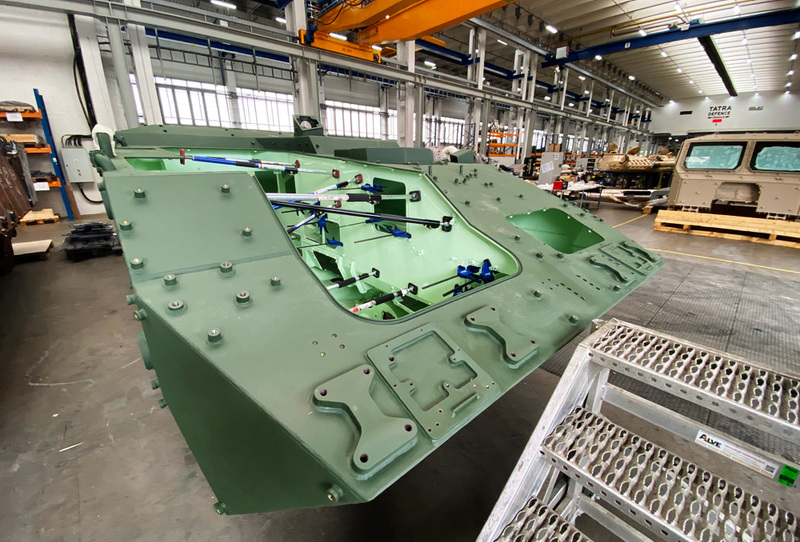 Picture: Pandur II 8x8 production vehicle | Michal Pivoňka / CZ DEFENCE
Picture: Pandur II 8x8 production vehicle | Michal Pivoňka / CZ DEFENCE
Another example of international cooperation is represented by the six-wheeled armoured vehicle TITUS, which was created on the basis of a partnership between the Czechoslovak Group and the French brand Nexter and uses a Tatra chassis. The chassis from Kopřivnice are also used in some GDELS engineer systems or in some systems from Israeli companies. Other important subcontractors include Aero Vodochody, which produces components for several types of foreign aircraft, and Ray Service, which supplies cable harnesses and other elements for various types of vehicles.
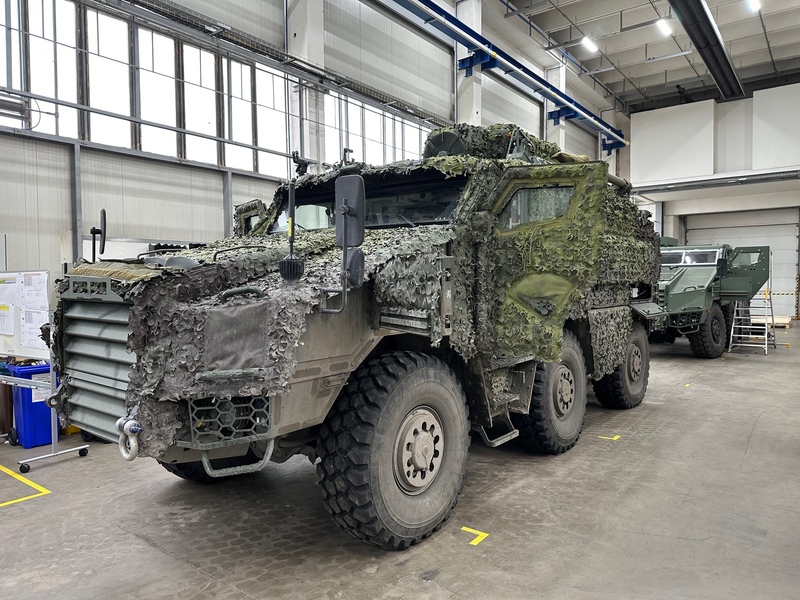 Picture: TITUS armoured vehicles | Michal Pivoňka / CZ DEFENCE
Picture: TITUS armoured vehicles | Michal Pivoňka / CZ DEFENCE
If the first decade of the new century can be characterised as a period when foreign brands became owners or partners of Czech defence industry companies, then in recent years we can talk about the opposite trend. Large Czech entities are becoming owners of foreign companies. Probably the most unknown case in the media is the acquisition of the legendary American brand Colt by Česká zbrojovka Uherský Brod. The Czechoslovak Group holding, which now includes several companies in the republics of the former Yugoslavia, an ammunition plant in Granada, Spain, and, most recently, the Italian company Fiocchi Munizioni, one of the major suppliers of small-calibre ammunition, with factories in Italy, the UK and the USA, has also scored several major successes in this direction.
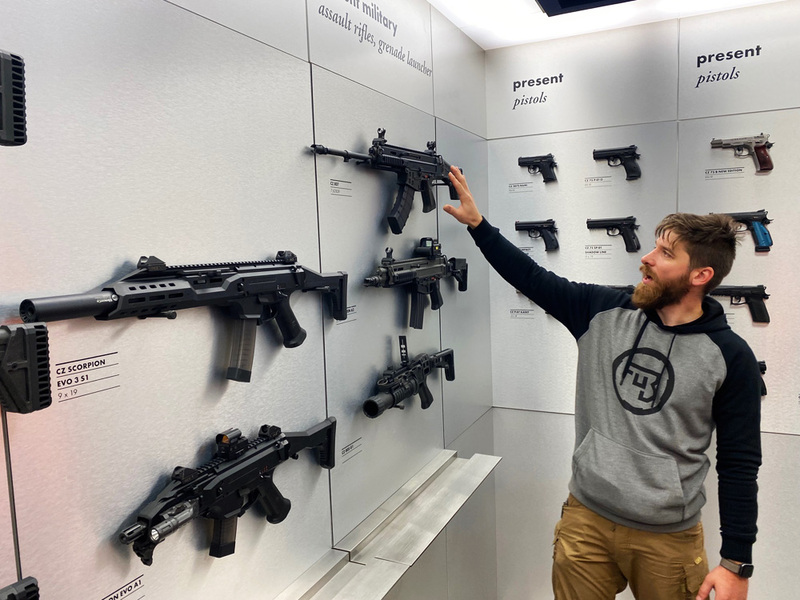 Picture: Colt CZ Group's performance was positively affected not only by the consolidation of Colt's revenues, but also by an improved product mix and an increase in the number of weapons sold in key markets | Jan Zilvar / CZ DEFENCE
Picture: Colt CZ Group's performance was positively affected not only by the consolidation of Colt's revenues, but also by an improved product mix and an increase in the number of weapons sold in key markets | Jan Zilvar / CZ DEFENCE
These purchases therefore demonstrate that the Czech defence industry has not only achieved stability and consolidation, but has also gained the economic strength to expand abroad. This is particularly due to the fact that the former fragmentation of the domestic industry, which is now dominated by a few strong players such as Czechoslovak Group, Omnipol and Česká zbrojovka Uherský brod, has disappeared. From a historical point of view, it is interesting that this is a situation somewhat similar to the era of the Czechoslovak First Republic, which in the mid-1930s was one of the world's largest arms exporters.
The current period of completed consolidation and incipient expansion of the Czech defence industry is therefore also symbolised by another and the aforementioned example of international success, namely the MRAD (Medium Range Air Defence) system, the GCI (Ground-Controlled Interception) advanced surveillance radars and the ITBM KHAN (Indonesian Tactical Ballistic Missile) system for Indonesia. The architecture of the MRAD, GCI and ITBM systems was custom designed by Excalibur International to meet the requirements of the Indonesian Armed Forces. All elements of the above mentioned systems will be mounted on Tatra chassis.
The MRAD air defence suite is being integrated by Retia, using a command and control system and two types of latest generation radars also from Retia, one in the medium range category and the other in the long range category. For the GCI project, the Pardubice company Eldis will produce 3D radars for airspace surveillance and early warning. Roketsan will supply the surface-to-air missiles for the MRAD system and the ITBM KHAN ballistic missiles.
The Czechoslovak Group has achieved this success also because it has already supplied several types of equipment to Indonesia in the past, such as Pandur II 8x8 armoured vehicles, Patriot armoured vehicles and Tatra chassis for engineer systems from GDELS. The total value of this new order for Indonesia exceeds EUR 500 million, i.e. more than CZK 12 billion. It is therefore easy to calculate that it will bring with it a large tax contribution to the Czech state coffers, for which the Czech defence industry is a highly important resource.
Of course, it is also necessary to mention some of the problems and obstacles that the Czech defence industry has to face. These include, for example, the shortage of skilled labour, persistent difficulties in supply chains affected by the pandemic and, last but not least, high energy prices. It would therefore certainly not be out of place to do what is sometimes speculated about in the background, namely to impose a windfall profits tax on defence industry companies. After all, the price of the new contract for Indonesia already shows that the contribution of this sector to the state budget is already exceptional.
In addition, it must be stressed that the defence industry provides a large number of jobs and that its expansion is creating a strong demand for additional labour, which, at a time of economic recession and the threat of rising unemployment, is also a significant benefit. The defence industry is one of the few sectors that is really thriving today. The Defence Minister's statement that the Czech Republic could return to being one of the world's arms superpowers was probably exaggerated at first sight, but in reality it might not be far from the truth.















